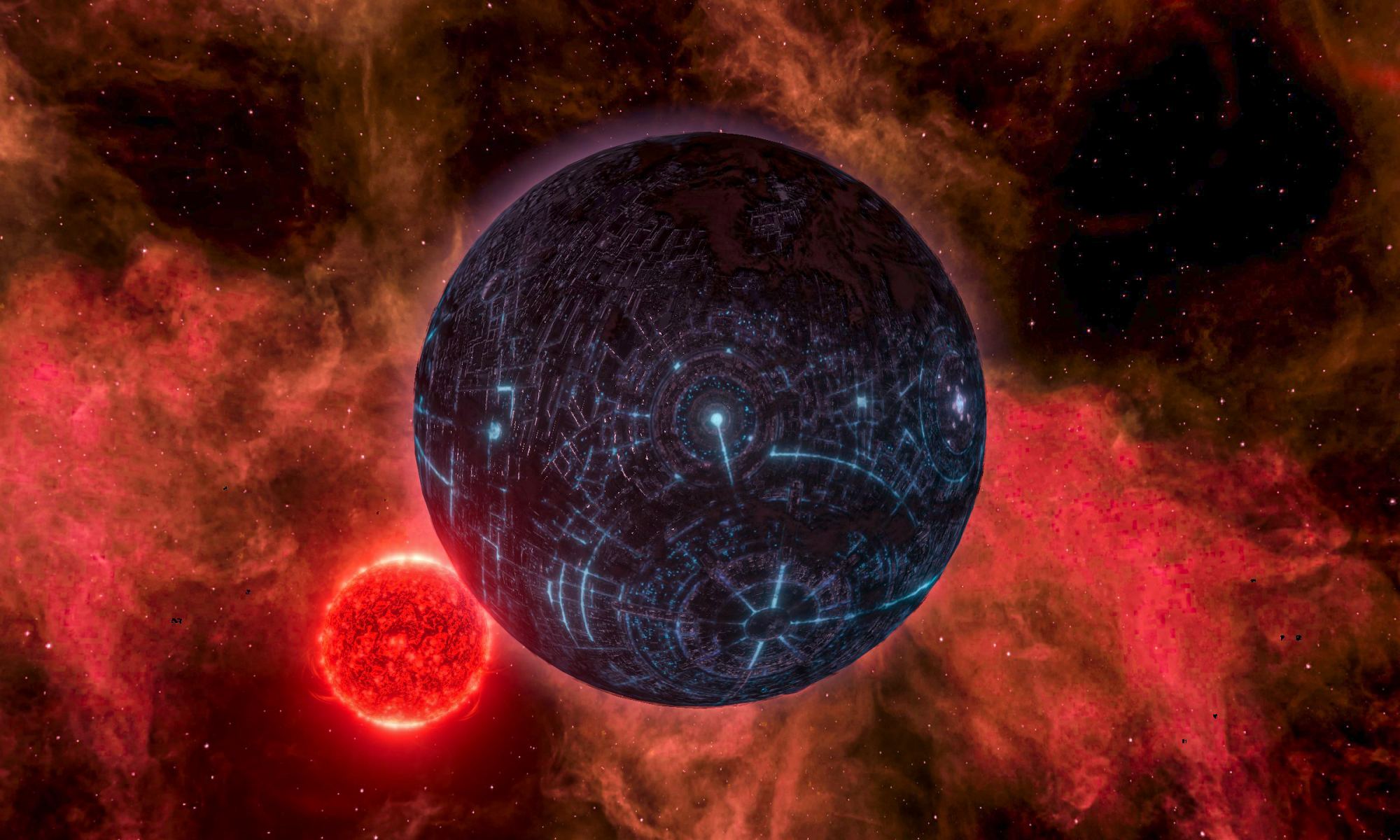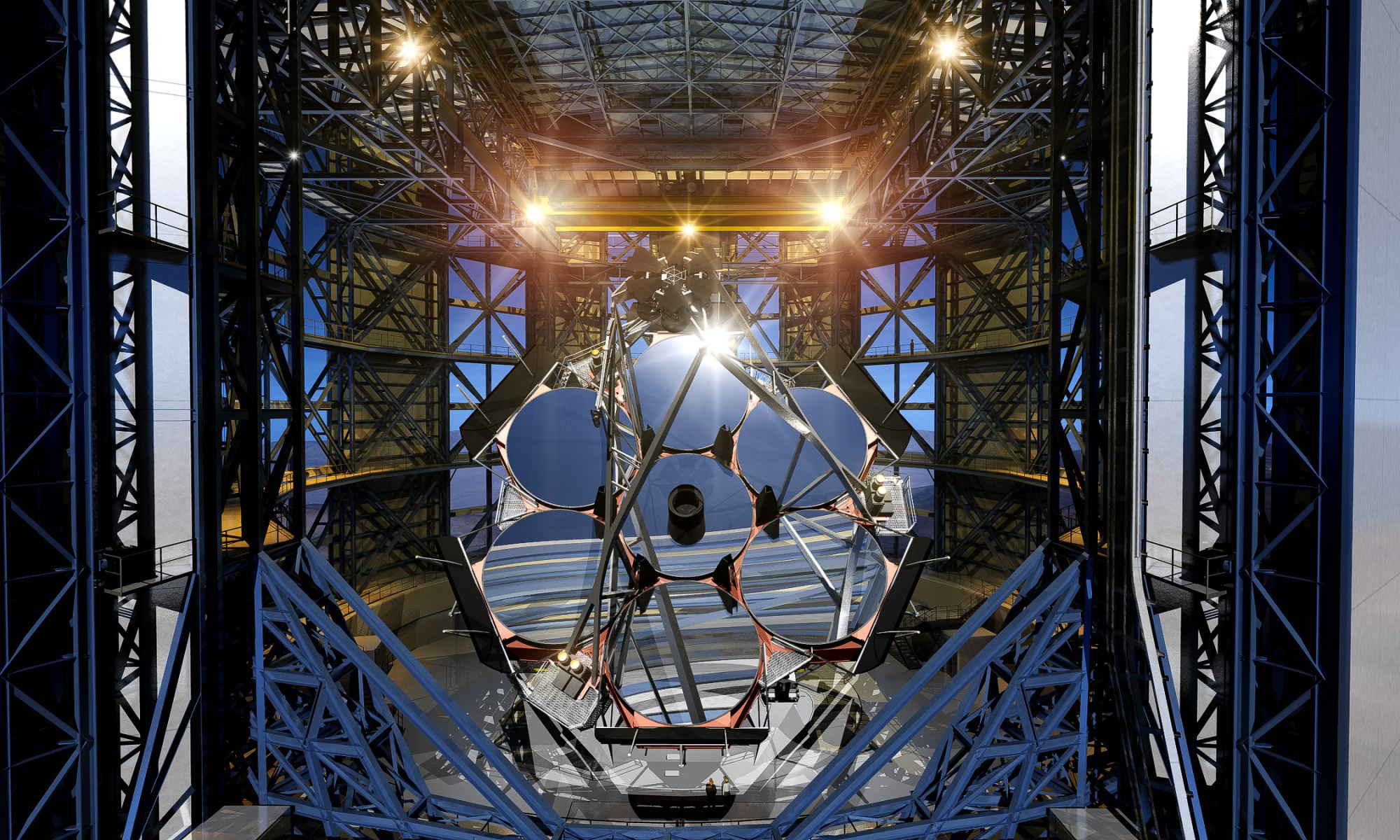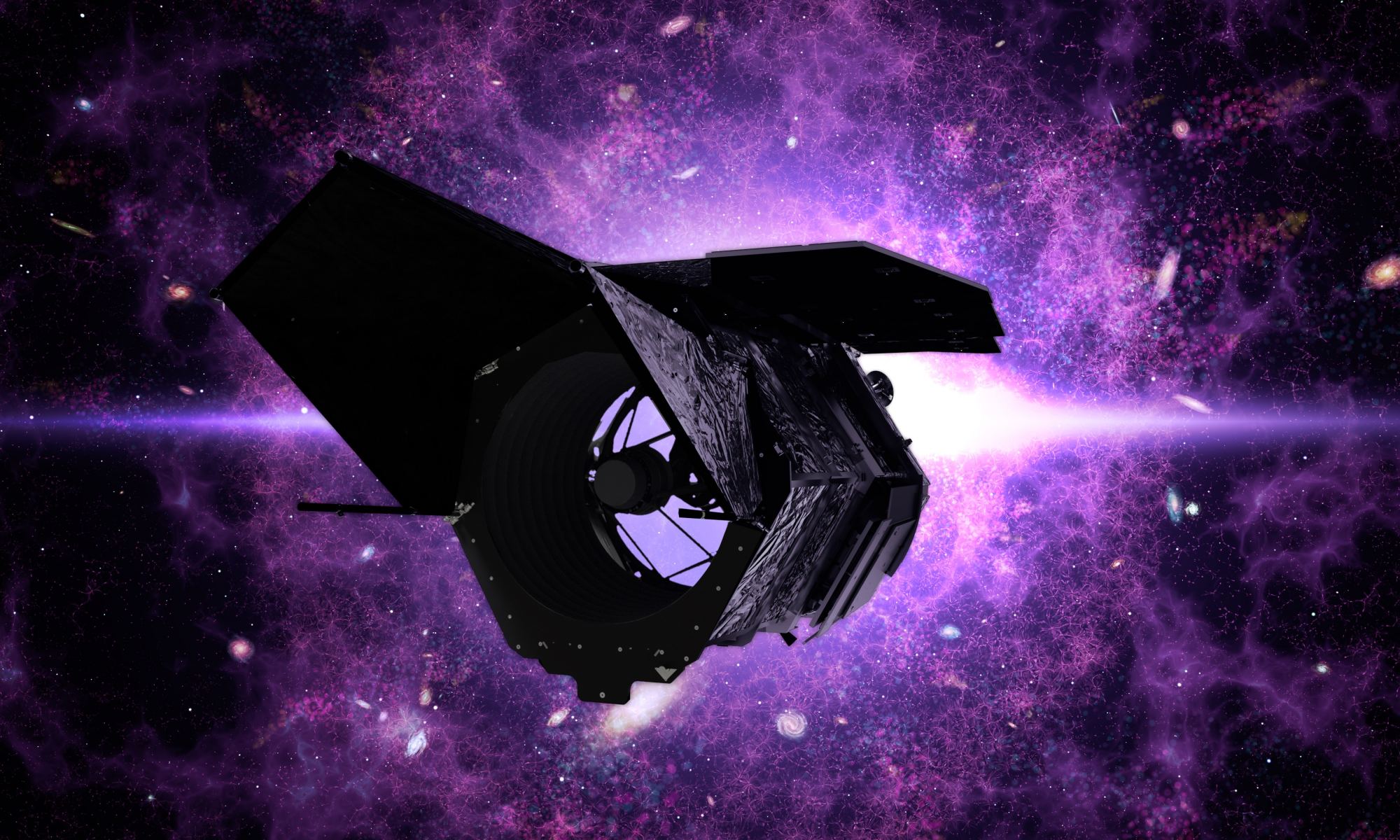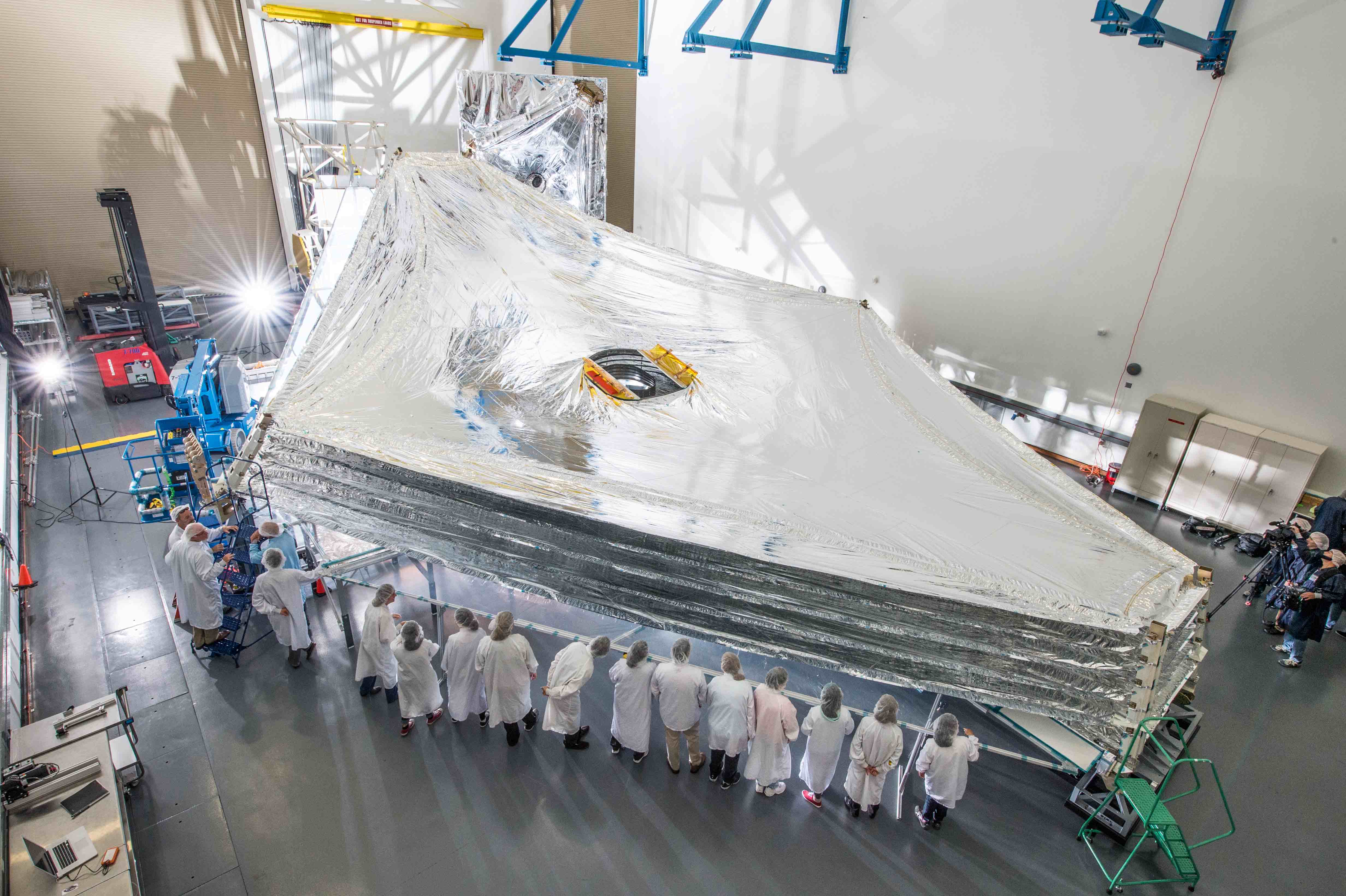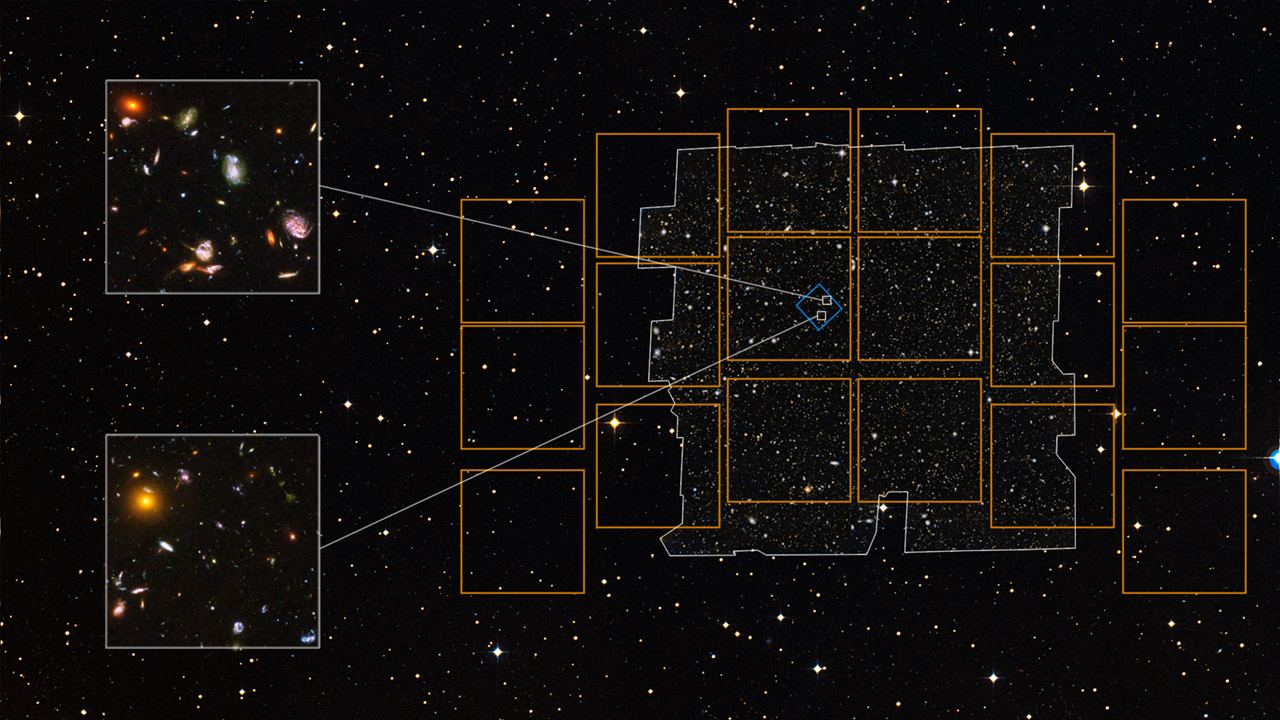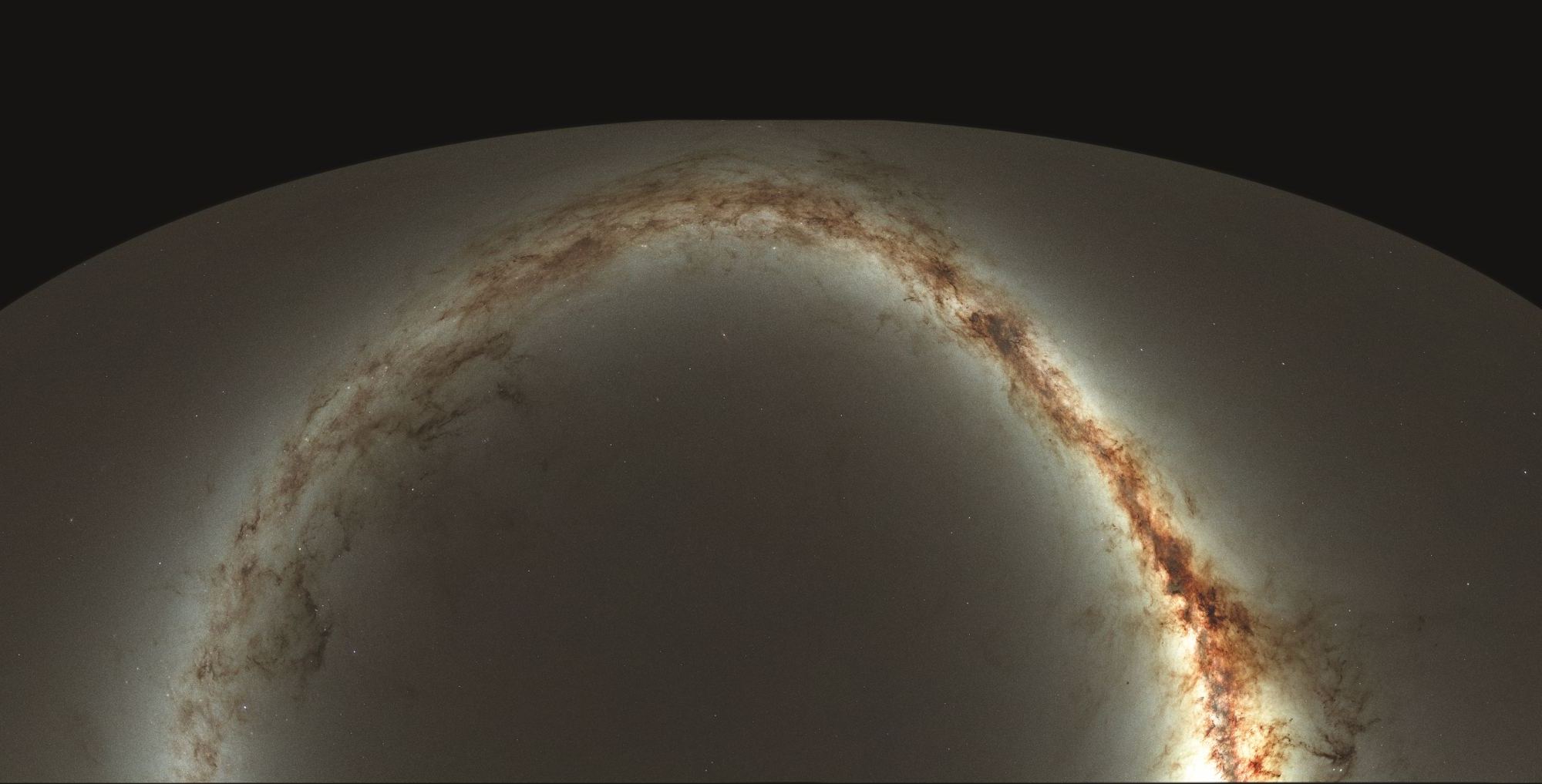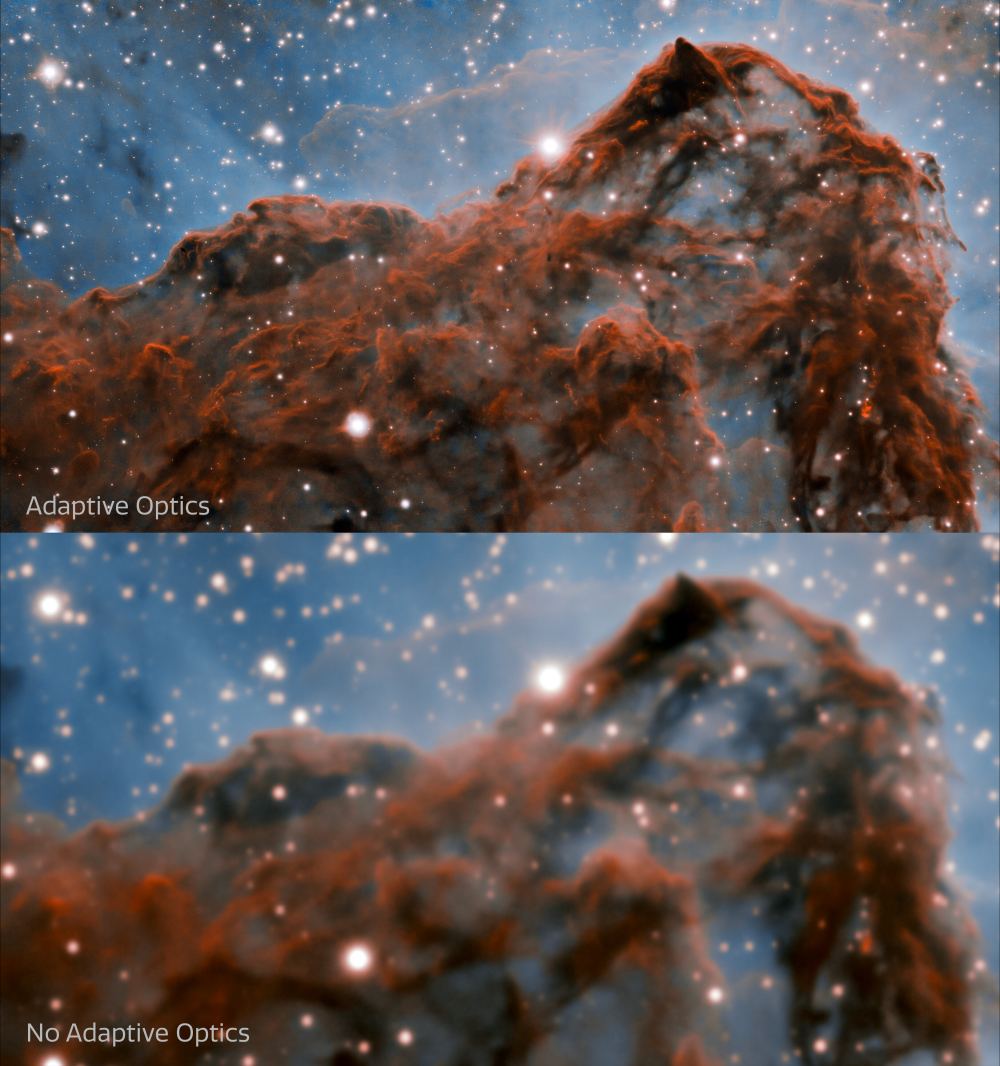Is there an alien civilization next door? It’s…possible(ish). In late 2020, we discovered a signal from the direction of Proxima Centauri (not necessarily from Proxima Centauri), our closest neighbour star. Named BLC- 1 by project Break Through Listen, the signal is still being analyzed to ensure it isn’t simply an echo of our own civilization – typically what they turn out to be. But why not just directly look at planets in Proxima Centauri and see if a civilization is there?
From space, the most obvious sign somebody lives on Earth is the glow from the nightside of our planet. Our cities emit light that’s shed into the Cosmos. Problem is that our current generation of telescopes are not powerful enough to see lights on distant worlds. But several researchers are testing the capabilities of the next generation of telescopes already on the drawing board. The finding? Yes! if advanced enough…or glowy enough…we would be able to see if another civilization has the lights on at Proxima Centauri.

